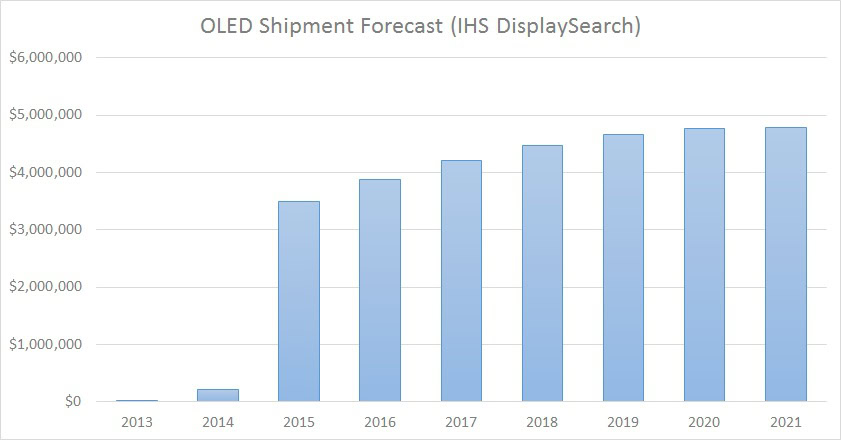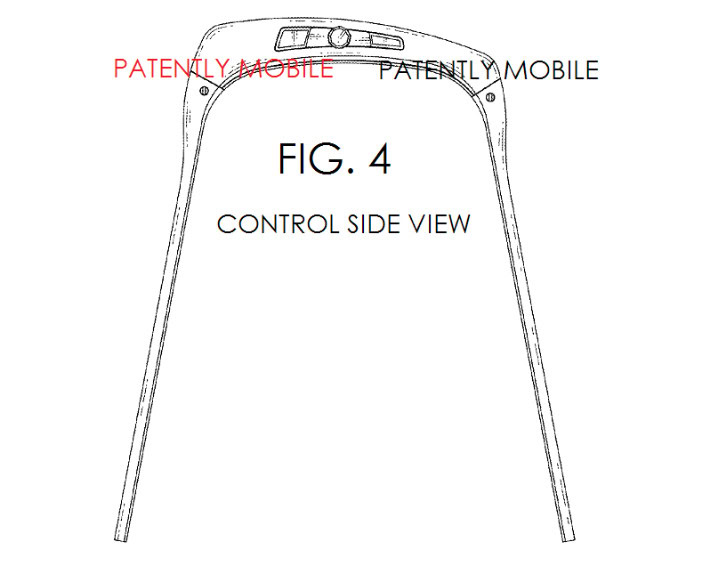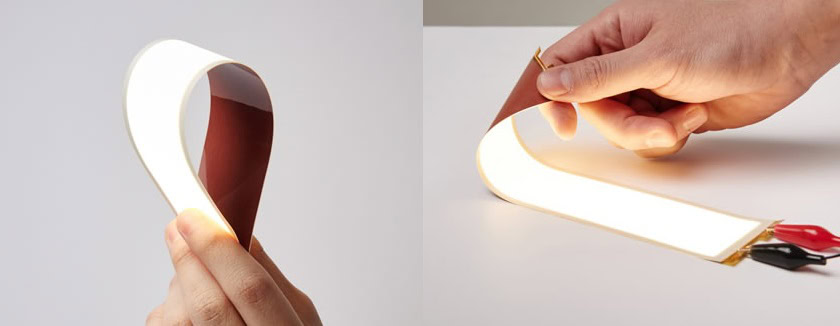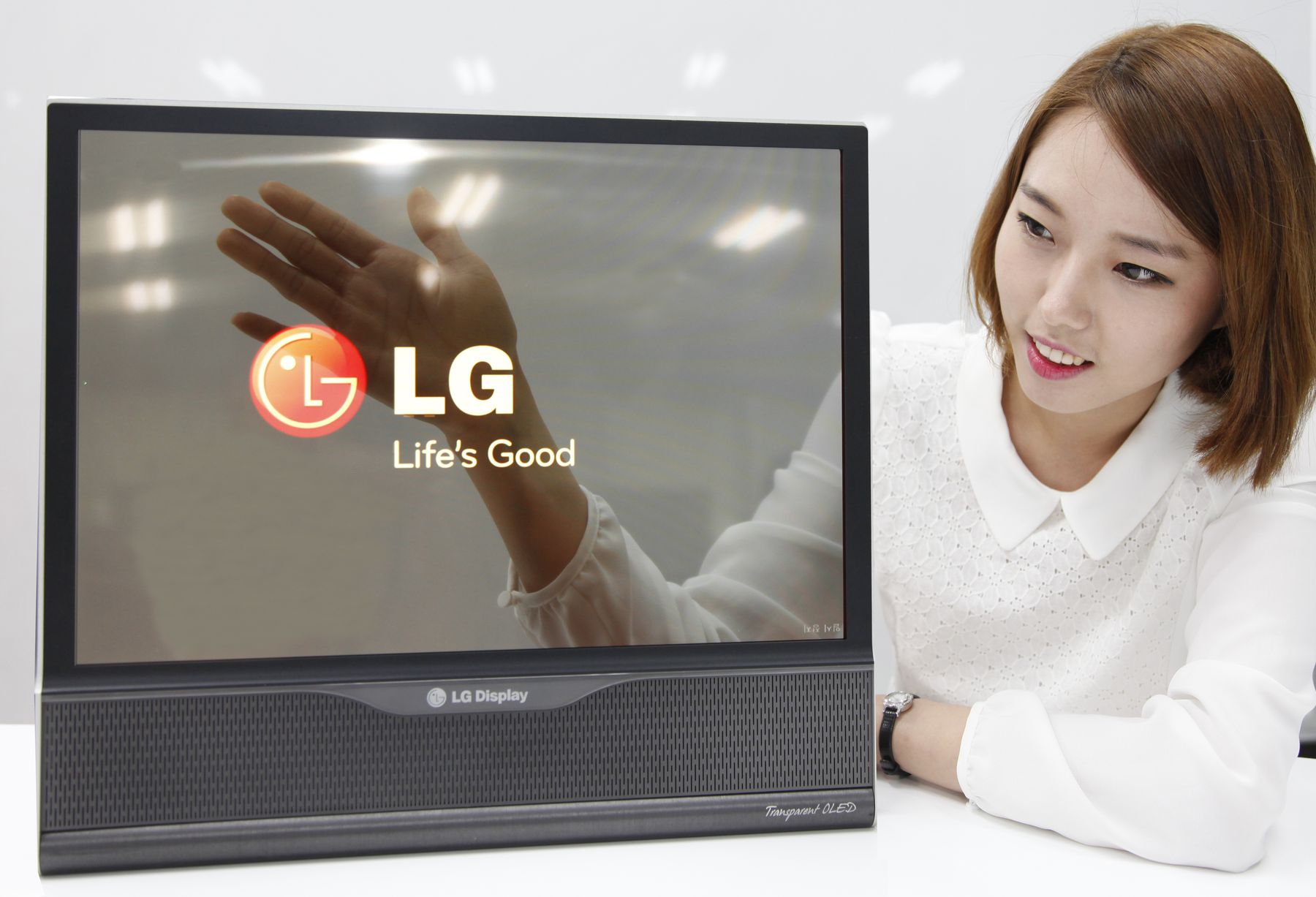Affiliate links on Android Authority may earn us a commission. Learn more.
LG Display to invest one billion in flexible OLED panels
Published onJuly 23, 2015

Earlier today, LG Display announced that it will be investing KRW 1.05 trillion ($0.91 billion) into a 6th generation flexible OLED display production line, which has big implications for the future of mobile displays.
LG Display’s 6th generation production technique aims to drastically increase the number of displays that can be produced. LG will be able to manufacture more than 200 5.5-inch panel cuts from a single substrate, which is four times the amount of its current technology. The huge investment will be put towards the Gumi Plant in Gyeongbuk Province, Korea, which will produce 7,500 input sheets per month using substrate sheets of 1,500mm x 1,850mm. The new line is scheduled to begin mass production in the first half of 2017.

The announcement comes in a year where flexible display based smartphones have finally landed in the mainstream part of the market, with the LG G4, G Flex 2 and Samsung Galaxy S6 Edge sporting the technology at flagship price points. We know that Samsung has faced supply shortages for its display technology, which has hurt the company’s revenue this year. By investing now, LG is probably hoping to avoid a similar supply shortage as it rolls out more flexible OLED based products.
The new production line will help LG boost supply for its wide range OLED panels, which are being targeted at the automotive, television and mobile markets. Flexible OLED shipment forecasts are expected to show continued growth throughout the rest of the decade, with sales increasing from $3.5 billion in 2015 to $4.8 billion by 2021.

Of course, we are most interested in this technology from a mobile perspective, and LG has been at the cutting edge in this market over the past few years, despite the fact that Samsung’s AMOLED technology often grabs the headlines. LG was first to market with a 6-inch flexible plastic substrate OLED display for smartphones in October 2013 and produced the world’s first 1.3-inch circular flexible OLED display for smartwatches in September 2014.

LG also has patents for other flexible and foldable designs. A device resembling Samsung’s Edge smartphones was spotted back at MWC, the company also patented a curved smartwatch display, and has been promoting its foldable displays as well, which is something that this latest investment is also being used for. OLED allows for a much wider range of design possibilities, and we can probably expect to see a range of newly shaped OLED based product from LG in the future.

Furthermore, OLED technology continues to improve in terms of visual capabilities and is moving ahead of LCD when it comes to color reproduction, brightness and power efficiency. The reduction of interfering layers between the light and the top of the display, including the use of in-cell touch detection, lends an edge to OLED color accuracy and gamut over LCD. It can also produce a wider contrast ratio and consumes less power than LCD when some pixels are dimmed, because there isn’t a back light that has to provide constant light.
The lack of a back light is also allowing OLED companies, like LG, to push ahead with development of semi-transparent displays. Although design is mostly focused around the advertising, automotive and medial markets for now, future consumer electronic devices may also benefit from this type of tech in the future.

OLED technology may not be new these days, but there’s still plenty of room left to develop new, innovative ideas and products. LG’s latest investment into improved OLED display production should help the company remain at the top of the mobile display game for the foreseeable future.
[press]
LG Display to Invest in 6th Generation OLED Panel Line for Flexible Displays
Seoul, Korea (July 23, 2015) – LG Display, the world’s leading innovator of display technologies, announced today that it will invest KRW1.05 trillion in a 6th Generation flexible OLED display production line as part of its efforts to lead the flexible OLED display market, which has emerged as an attractive new display market.
The new E5 Line is located at the Gumi Plant in Gyeongbuk Province, Korea, which will produce 7,500 input sheets per month using a 6th Generation size substrate sheet of 1,500mm x 1,850mm. The new line is scheduled to start mass production in the first half of 2017.
The 6th Generation line is able to produce more than 200 cuts of a 5.5-inch product from a single substrate, which is nearly four times the production efficiency of a conventional 4.5th Generation line, which uses 730mm x 920mm substrate sheets.
LG Display’s investment will help pioneer future display technologies such as foldable displays and largesize auto displays. The main advantage of a flexible OLED display is the screen’s bending feature that is achieved by the use of a plastic substrate instead of a glass substrate as in a conventional OLED display. The use of the flexible OLED technology is now being expanded to smartphone, automotive and wearable device displays.
LG Display not only is creating differentiated competitiveness in the mobile display market by offering more design formats only possible through the flexible OLED, but is laying the foundation for the growth of flexible OLED displays by establishing a full-scale 6th Generation production plant that produces large sized panels.
LG Display introduced the era of large-sized OLED panels with the world’s first 55-inch OLED TV panel in January 2013, followed by the introduction of the era of flexible OLED displays with the mass production of the world’s first plastic substrate-based 6-inch flexible OLED display for smartphones in October 2013 and the world’s first 1.3-inch circular flexible OLED display in September 2014.
LG Display aims to lead the flexible OLED market by offering customers differentiated value, with the accumulated technology skills from large-size OLED display production applied to flexible OLED displays.
According to IHS DisplaySearch, a global market research firm, the flexible OLED market is expected to soar from 2015, with sales increasing from $3.5 billion in 2015 to $4.8 billion by 2021.
In addition, LG Display signed a MOU on OLED investment and administrative support with the Gyeongbuk Province and Gumi City governments on July 23, with the company having been promised to receive administrative service support from the local authorities.
LG Display has invested approximately KRW14 trillion in Gumi facilities since the start of mass production at P1 in 1995, including an investment of KRW3.7 trillion for the integration of the IT and mobile display facilities over three years starting from 2008, and KRW2.05 trillion for enhancing technology for small-medium size displays from 2012.
The additional investment of KRW1.05 trillion in the flexible OLED line is expected to create jobs and promote regional economic growth by creating synergies between the production of LCD and OLED displays.
###
※ Flexible AMOLED Panel Market Forecast (Revenue / Unit: US$1,000)
2013 2014 2015 2016 2017 2018 2019 2020 2021
10,000 205,535 3,495,490 3,881,650 4,211,121 4,461,033 4,660,625 4,766,276 4,791,096
Source: Quarterly OLED Shipment and Forecast Report_Q2 ’15, IHS DisplaySearch
About LG Display
LG Display Co., Ltd. [NYSE: LPL, KRX: 034220] is the world’s leading innovator of display technologies including thin-film transistor liquid crystal displays (TFT-LCD), OLEDs and flexible displays. The company manufactures and provides display panels in a broad range of sizes and specifications primarily for use in TVs, notebook computers, desktop monitors, and various other applications including tablets, mobile devices. LG Display currently operates fabrication facilities in Korea and China, and back-end assembly facilities in Korea, China, and Poland. The company has a total of approximately 50,000 employees operating worldwide. For more news and information about LG Display, please visit www.lgdisplay.com
Forward-Looking Statement Disclaimer
This press release contains forward-looking statements. Statements that are not historical facts, including statements about our beliefs and expectations, are forward-looking statements. These statements are based on current plans, estimates and projections, and therefore you should not place undue reliance on them. Forwardlooking statements speak only as of the date they are made, and we undertake no obligation to update publicly any of them in light of new information or future events. Forward-looking statements involve inherent risks and uncertainties. We caution you that a number of important factors could cause actual results to differ materially from those contained in any forward-looking statement. Additional information as to factors that may cause actual results to differ materially from our forward-looking statements can be found in our filings with the United States Securities and Exchange Commission.
[/press]